As the world’s population is growing and aging, the landscape of managing people’s resources is fast changing. The employed populations are diversifying as more women are joining the workforce, physical boundaries are diminishing on account of technology and the nature of work and workers’ expectations are continuously evolving. One key part of this evolution is the rise in the number of mature workers who are at the center of these changes, and strategies to harness their talents are essential for any organization moving forward.
Harnessing The Mature Workforce of Tomorrow
Did you know that as per research data put together by HBR on the older and more mature workforce, the people who are 65 today have about the same risk of mortality or serious illness as those who were in their mid-50’s a generation ago. And the percentage of the population over age 65 who are at serious risk of mortality or life-threatening illness will grow by only about 16% between now and 2035. What this means is that with better health and life span predictions, the older employees are here to stay showing no signs of slowing down. And any employer who wants to engage a skilled, motivated, and disciplined workforce cannot afford to ignore them.
And yet, these workers are being ignored to some extent and this is due to apprehensions on the side of the employers mostly. One key reason for this is that younger managers have difficulty perceiving a work culture where they are managing a team member who is much older and more experienced than they are.
The Role of Managers for an Optimal Team Synergy
It is important for managers to overcome this perception; finding the best candidate is about matching the right competencies, values, and attitude, irrespective of age. Secondly, motivators for older employees are very different. They aren’t as fearful of being fired (they’re already at retirement age) and they have less interest in fast promotions or big payouts.
But it’s up to supervisors to change that and manage the dynamics of the relationship with older employees more effectively. There should be a clear expectation setting done on exactly how the talent & experience of the older employees can be utilized for achieving business goals and also pointing out their own roles and responsibilities for goalsetting & creating employee accountability.
Another thing which can be done by managers is to appreciate and applaud the contribution and experience of this employee set. While this is an important motivator for any employee, it’s even more so for the older age group employees. Research also suggests that putting older and young workers together help both groups perform better. They make good allies in part because of their similar interests, but because of their different stages of life, they are less competitive with each other than workers in the same age cohort might be. That means that they are more likely to help each other and to form good teams.
The bottom line is that companies looking to leverage the strengths of the older workforce for overcoming the war for talent and driving business results must focus on increasing engagement for this section of the workforce, as having an older mature set of employees not only provides resources who can hit the ground running and don’t need too much job training but they also are a perfect complement to the younger employee set creating optimal team synergies.
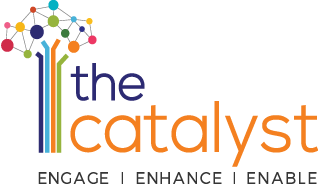
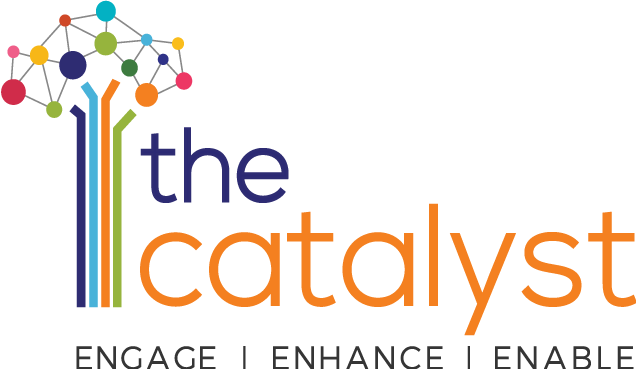

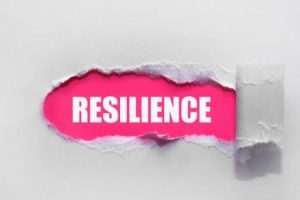

Leave a Reply
Your email is safe with us.
You must be logged in to post a comment.